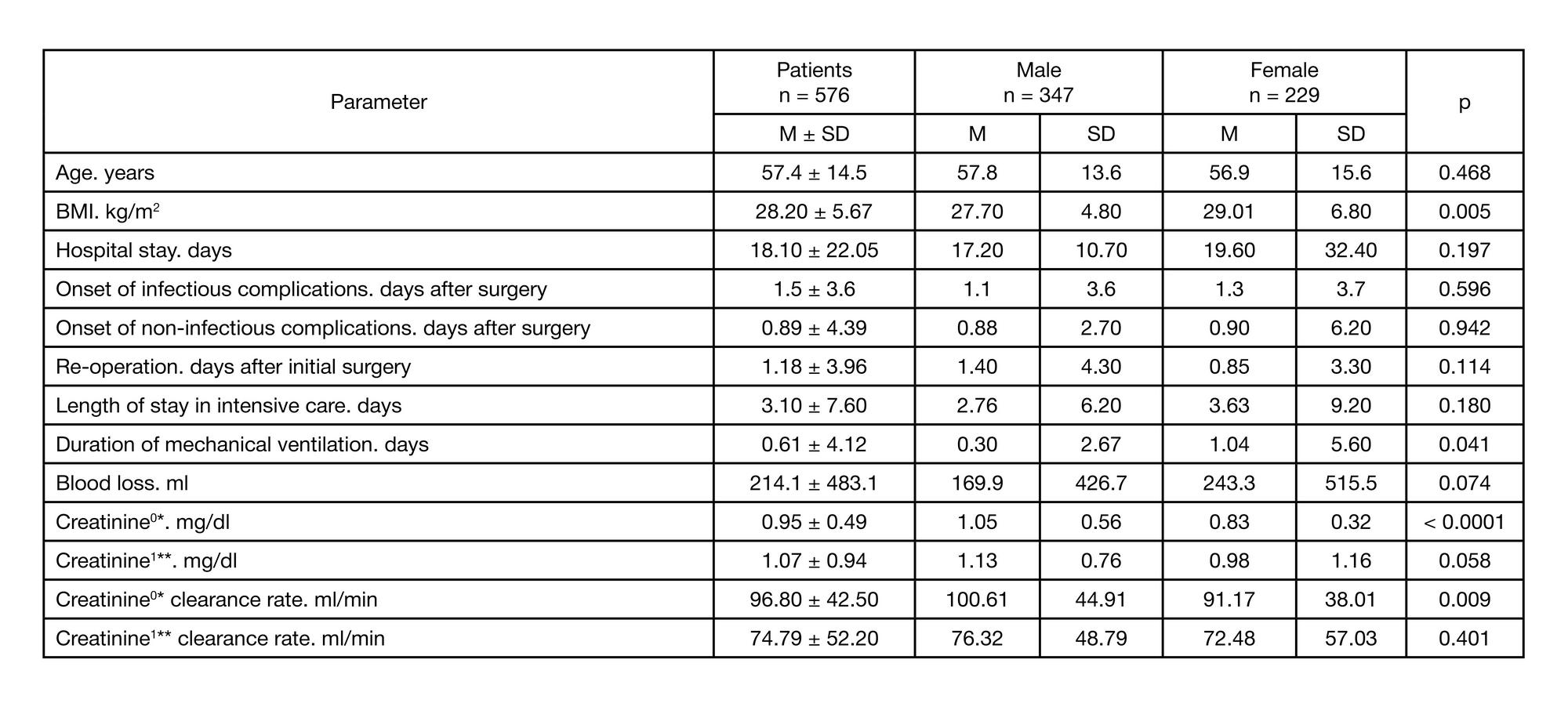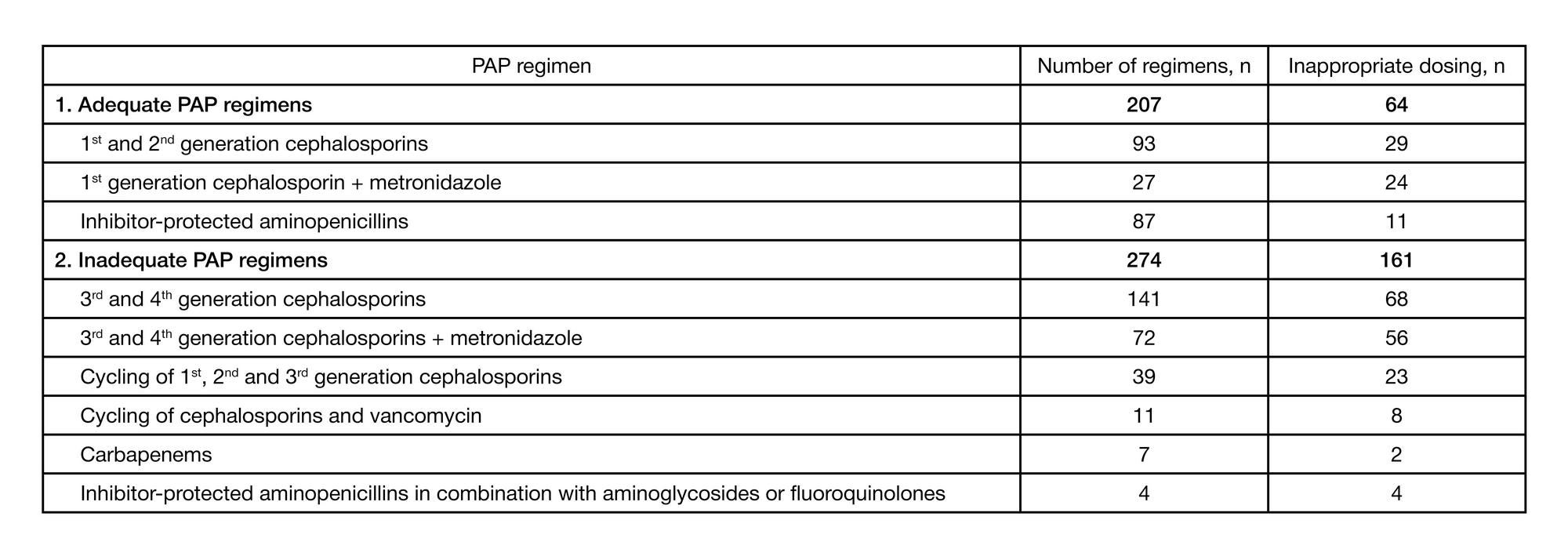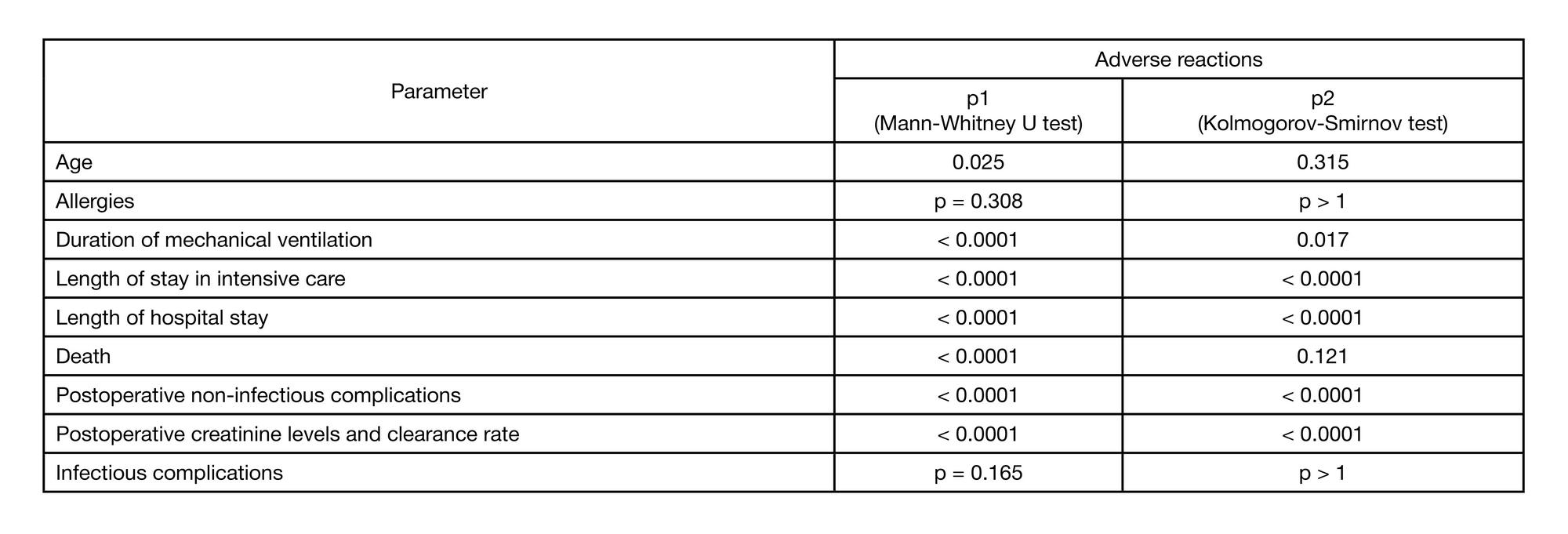
ORIGINAL RESEARCH
Assessment of perioperative prophylaxis of infectious complications in post-op patients
Department of Clinical Pharmacology and Propedeutics of Internal Diseases, Faculty of General Medicine, I.M. Sechenov First Moscow State Medical University, Moscow
Correspondence should be addressed : Maria V. Lukina
Bolshaya Pirogovskaya 2, str. 4, k. 106, Moscow, 119435; ur.xednay@0102kul-iram
Acknowledgements: the authors thank Oleg Babenko of Clinical Hospital No.1 of I.M. Sechenov First Moscow State Medical University for granting access to Hospital’s archived medical records.






